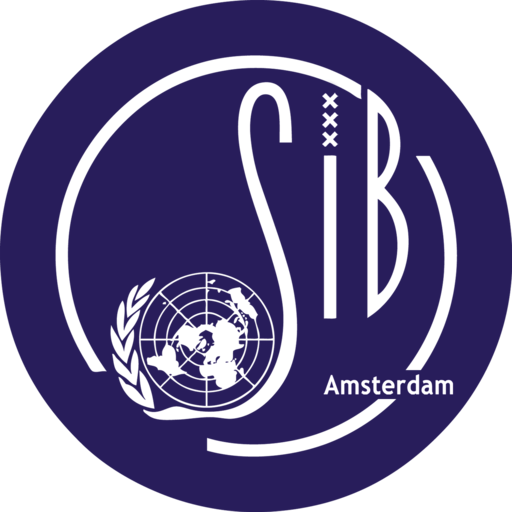Russia and the Baltics trip 2018
From the 3rd to the 17th of August this year, SIB-Amsterdam – otherwise known as the Dutch United Nations Student Association – sponsored a trip for students within the organization to experience political and social stances in a critical region of the world. As an annual trip, the location is determined to be dissimilar each year to focus on a new region, with this year’s location chosen as Russia and the Baltic States of Lithuania, Latvia and Estonia. Due to the history of the Baltic States being under Soviet rule, as well as having large Russian minority groups, there are still issues that affect both sides regarding local politics. As a group abiding by United Nations doctrines, we sought to create a non-biased understanding of the struggles and successes within each country.Beginning our trip, we took a flight from Amsterdam to Vilnius, the capital of Lithuania. After arriving, we began our introduction of the trip with a traditional Lithuanian meal and many games to acclimate to the new group. While in Vilnius, we took a historical walking tour around the city, learning about the geopolitical importance of the city in the region. We also visited the micronation, the Republic of Uzupis, which is based on the eastern side of the river running through Vilnius. We were able to gain insight on the reasons for the existence of micronations as a social or artistic interpretation of government. After a couple days in Vilnius, we took a coach bus north-west to the Latvian capital, Riga. Once there, we were welcomed into the Residence of the Ambassador of the Netherlands to Latvia. With a lovely presentation, we learned about the local involvement of the Dutch government, as well as the benefits and challenges it faces with diplomatic relations between the bordering nations. Spending a couple of nights in the city, we allotted time to visit historically important museums such as the Museum of the Occupation of Latvia and the KGB Corner House. We also allowed free time to travel around the Riga Central Market and the Art Nouveau district of the city, both giving a better insight to the cultural and architectural hubs of Latvia, respectfully. Before leaving the city, we traveled to the NATO Strategic Communications Center of Excellence to learn about the workings within the Baltic region in relation to the tension with non-NATO states.We walked through the medieval old town of Tallinn to attend a meeting with local diplomats at the Dutch Embassy. The group learned much about local and national initiatives using digital alternatives for government, health, and residency. After the Embassy, we had a short break before heading to the NATO Cooperative Cyber Defence Centre of Excellence. There, we were introduced to the world of cyber defense for potential large-scale attacks. With focuses on Cyber Law and Strategy, we learned of their operations and how military around the world benefits from their findings. The following day, our group had the decision between two different day trips: one to Helsinki and one to a village in the Lahemaa National Forest. For those who chose the Finnish capital, they imparted on a long boat ride in the morning before meeting with a fellow member who lives in the region. The students learned about local life, viewed government buildings, and visited important monuments within and around the city. For the students who visited Lahemaa, they departed later that morning toward the village of Käsmu, on the northern coast of Estonia. After learning about local life from the Maritime Museum in the town, they walked the forest trails while following guided signs teaching about local Estonian ecosystems.On the tenth of August, we took a coach bus to Saint Petersburg, Russia. In the city, we visited the Hermitage Museum, learned about Peter the Great’s influence on Russian culture, and explored the Peterhof Summer Palace to understand the history of the government’s evolution. Before heading to Moscow, we met with diplomats at the Dutch Consulate to understand the involvement of government in assisting social programs throughout the northwest region. Taking a high-speed rail to the Russian capital, we formed an option for a day trip to one of the cities in the Golden Ring. A group of students took a tour through a monastery in the city of Sergiev Posad where Russian Orthodoxy planted its roots. The following day we took a tour of the Kremlin, the political hub of Russia., learning about how the fortress functioned since its conception. Time in the evenings was granted to explore, and some of our members chose to watch a ballet performance, one of the cultural pinnacles of the city.Our last meeting with officials took place in the Dutch Embassy, where we held a large Q and A session about the political and economic standpoints of Russia and the Netherlands. After one last dinner together, we prepared for our early flight back to Amsterdam. Having no logistical difficulties, our group was able to travel across the Baltic States and the Russian Federation. Identifying the political stances of the two regions, we were able to form nonbiased understandings of the challenges that face each nation.

